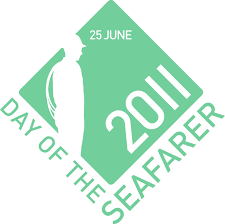As in previous years, on the return of favourable weather conditions, a surge of attacks is likely to occur. However, there are a number of factors which will see the threat to seafarers increase beyond the levels widely reported to date.
The renewed desire of the pirate groups and their investors for the, so far untraced, ransom payments following months of no new income – Somali pirates are not known for their ability to save for (non-) rainy days. Fresh and zealous pirates, new boats, the possibility of enhanced weaponry and the opportunity to get away from the famine and militant-hit region, combined with the scaling back of naval forces in the area of operations, there is every reason to expect a hard-hitting campaign from the pirates.
The reappearance of swarm tactics – multiple skiffs seeking to attack vessels from all directions simultaneously – was first seen in 2009, David Rider of Neptune Maritime Security raises the point of whether this is “the beginning of pirates hunting packs”; the claim that “killing hostages has now become part of the rules”, has highlighted the case for the use of armed security on merchant vessels transiting the region. The escalation in violence, a matter discussed across industry and government alike, is set to hit the headlines again.
The success rate of armed security teams in protecting vessels from pirate attack might well be the reason for the pirates’ willingness to raise the stakes; after all, it is their livelihood they are supporting. The weapons used against the ships have, generally, proved more than enough to gain a foothold on the merchant vessels most at risk, but the spectre of larger calibre guns and more powerful armour-piercing RPGs, is another one of the frightening ‘game-changers’ in the anti-piracy business.
The pirates are able to rapidly adapt their tactics with no hindrance of Rules of Engagement, Human Rights considerations or government restrictions. The problem for the shipping community is what collective action to take next. War risk; the sanction of ‘regulated’ armed security; potential for seafarer strikes; alternative routing; whether to stop ransom payments; reporting on the treatment of hostages, and an ever-growing list of issues, all contribute to the uncertainty for effective action any time soon.
Best Management Practice goes some way to providing guidance on protective measures, but international compliance is sadly lacking in support for a set of recommendations. It requires clear and unquestionable directives for a properly comprehensive approach from an organisation that has the authority over the multifarious shipping bodies and states. Until then, the pirates continue to hold a gun against the ‘head’ of the seafarer.
OCEANUSLive.org


Information, Security, Safety; Shared
Submitted by Team@oceanuslive.org